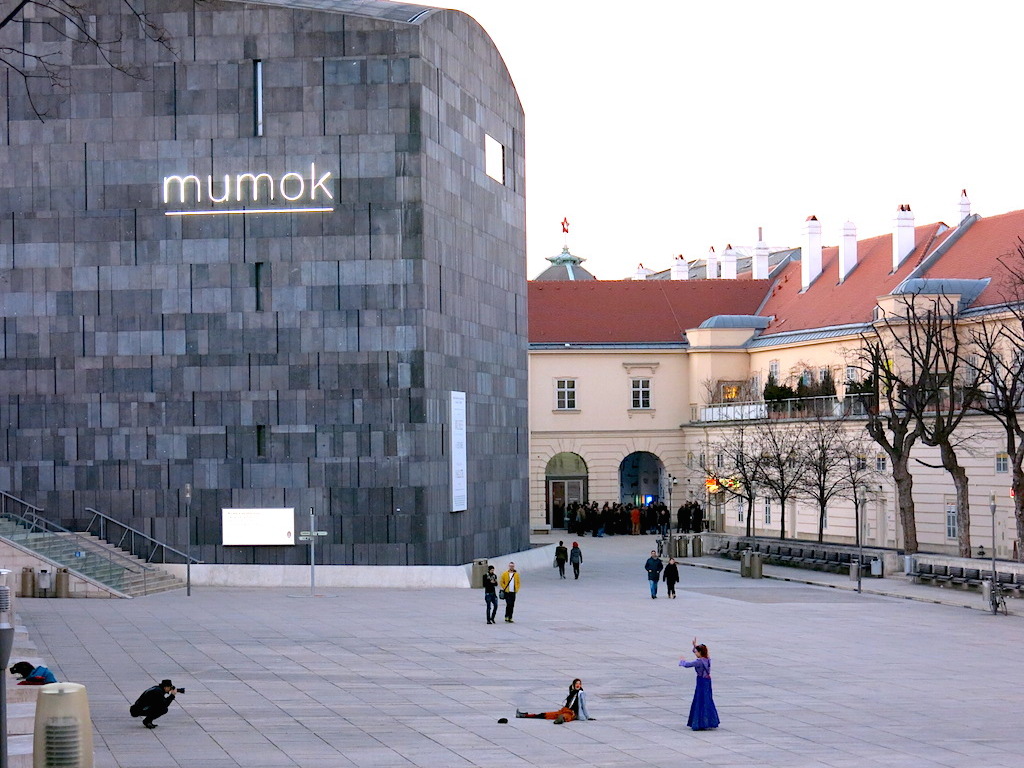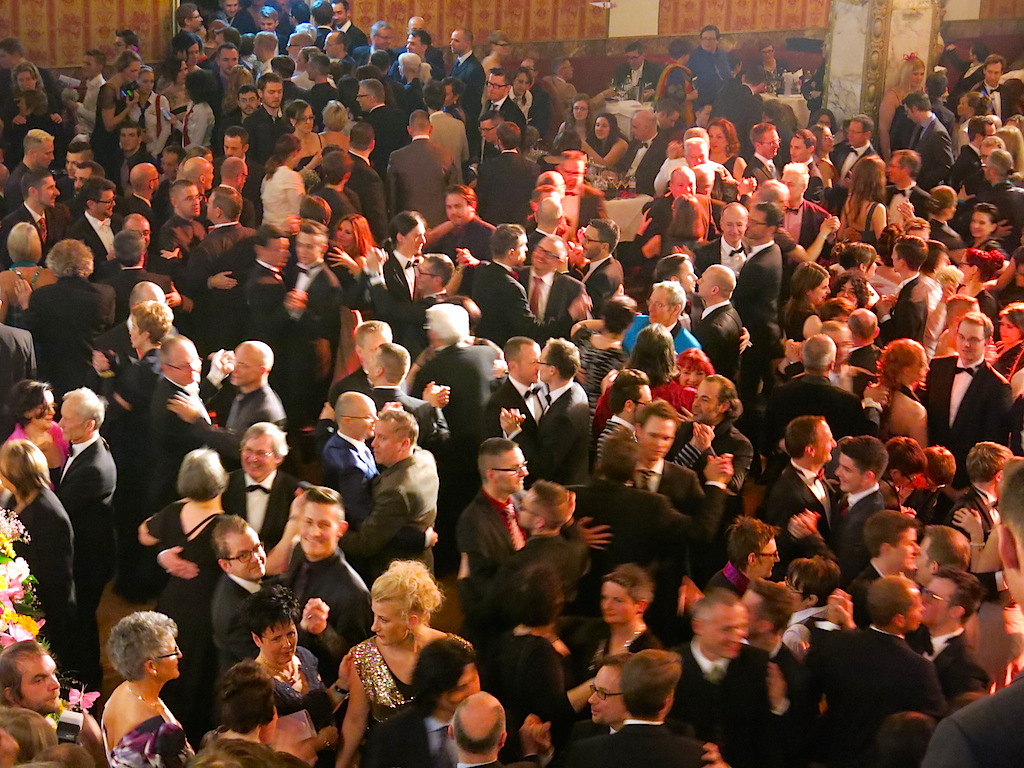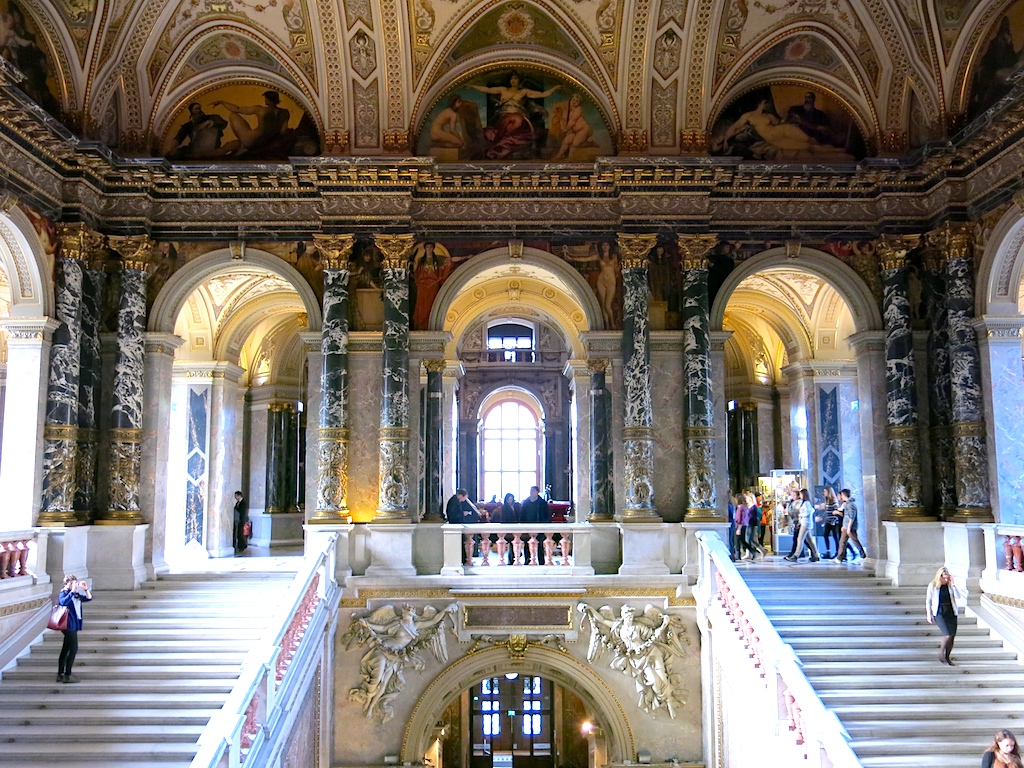For the past six years, Vienna has been voted the world’s most livable city. What’s going on in Austria’s capital? Apparently, all the right things.
Lest you feel that city is a maze of imperial palaces ringing with the sounds of Mozart, Mahler, Haydn, and Strauss, all of whom honed their craft in Vienna, let’s not forget that the “Queen of Austria,” Conchita Wurst, the 2014 winner of Eurovision Song Contest, performed at the United Nations Office at Vienna.
And while performances by the Vienna Boys’ Choir are highlights of Vienna’s music scene – so too are the city’s 450 annual balls, including Life Ball, which has become one of the most popular international AIDS charity events.
In short, Vienna is an amalgam of imperial and contemporary, which is the city’s new tagline for 2016.
Imperial Vienna: Without question, the most popular face of the Habsburg dynasty is Elisabeth of Austria (known as Sisi), who married Emperor Franz Joseph when she was 17. In the years since her assassination by a madman in Geneva, an entire industry has evolved around her legend.
The year 2016, which marks the centennial of the Emperor’s death during the height of World War I, will be honored in Vienna with numerous exhibitions about the legacy of Austria’s notable monarch, who was one of the most frequently photographed individuals of the 19th century. With a focus on the Emperor’s personal life and his politics, collections will feature state coaches, riding tack, formal garb, as well as one of the world’s largest repositories of furniture.
Contemporary Vienna: In the hundred years since Emperor Franz Joseph’s death, Vienna has undergone profound changes, transforming itself from an imperial capital to a center for modern and contemporary art.
The transformation of the Emperor’s Baroque stables has created one of the world’s largest arts and culture centers: the MuseumsQuartier (MQ), which celebrates its 15th birthday in 2016. More than 9,600 works are housed at mumok, which contains the largest collection of modern and contemporary art in Central Europe.
Meanwhile, over at Prince Eugene’s Baroque Winter Palace, the Belvedere will host an exhibition of work by Danish-Icelandic artist Olafur Eliasson – while at the Kunsthistorisches Museum Wien, the venerable institution honors Joseph Cornell with a groundbreaking exhibition.
Cosmopolitan & Green: At the dawn of the 20th century, Vienna was the world’s fifth largest city (after London, New York, Paris, and Chicago). Then came the Great War, whereafter Vienna lost nearly 25% of its population. Today, the city has become the fastest growing metropolis in Europe.
Since 1980, Vienna has been one of the four headquarter cities of the United Nations. The cosmopolitan capital is home to people from 200 different countries – and nearly half of Vienna’s residents have an immigrant background. Even visitors to Vienna are cosmopolitan – with more than 80% coming from beyond Austria’s borders.
Equally important, the quality and cost of living in Austria’s capital make Vienna one of the world’s most popular cities for students.
The city’s excellent infrastructure enables the city to be one of the world’s most pedestrian friendly – with one in four journeys completed on foot (and less than three in ten taken by automobile). The capital’s public transit system covers more than 600 miles, alongside nearly 750 miles of bicycle paths and cycling routes. Even the taxis are green, with 350 hybrid and electric-powered cabs cruising the city.
As for the water, 95% of the drinking water comes from natural springs in the Austrian Alps. Drink up!
Viennese Ball Season: More than 450 balls are held in the city each year, from traditional formal dances to elegant summer galas. The season commences in November with the Vienna Red Cross Ball, followed by the Hofburg Silvester Ball on New Year’s Eve – whereafter, the Ball Season launches into full swing during carnival season.
For many, the highlight of the season is the Vienna Opera Ball held in February at the Vienna State Opera – after which patrons head to the Rose Ball. Rainbow Ball, held at the end of January at Parkhotel Schonbrunn, is the world’s largest LGBT ball.
Kunsthistorisches Museum Celebrates 125: Built by Emperor Franz Joseph to house the fabulous Habsburg collections, the Kunsthistorisches Museum Wien opened on the famous Ringstrasse boulevard in 1891.
One of the world’s most important museums, the Kunsthistorisches will celebrate its 125th anniversary in 2016. The magnificent building houses the world’s largest Bruegel collection – as well as the Kunsthammer, a 2,200-item collection of curiosities amassed by the ruling Habsburgs from the late Middle Ages to the Baroque era.
The city’s latest building projects include Vienna’s new train station, as well as new hotels in revitalized neighborhoods, making 2016 the year to return to the heart of Europe – in Vienna.
































